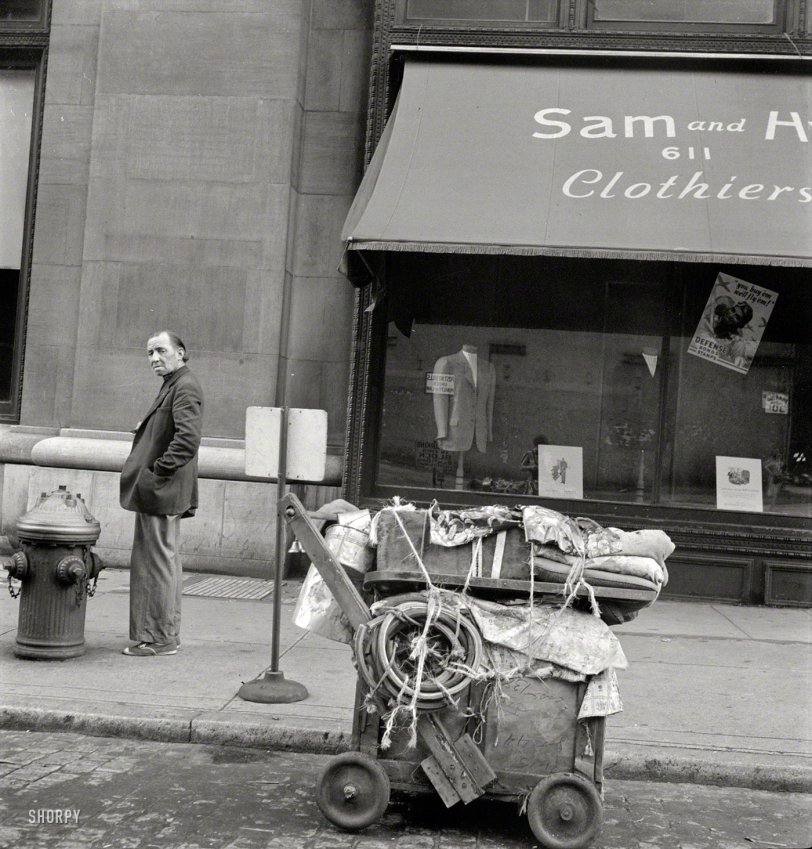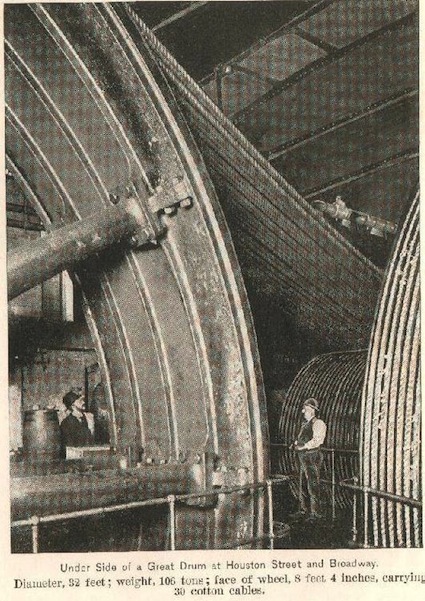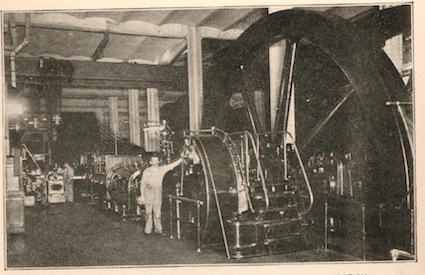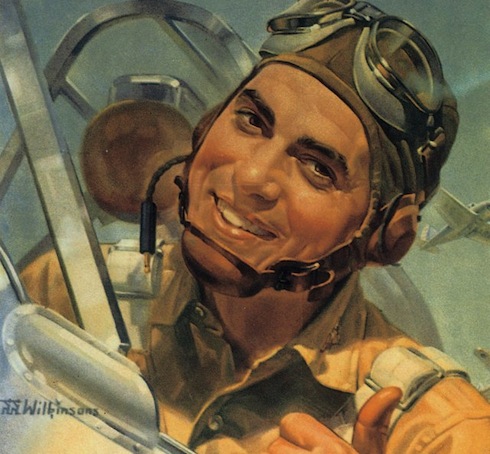


Framed or unframed, desk size to sofa size, printed by us in Arizona and Alabama since 2007. Explore now.
Shorpy is funded by you. Patreon contributors get an ad-free experience.
Learn more.

- Details, Details
- What's that building to the left of the tower?
- Coal Barges
- Bromo-Seltzer
- Inner harbor
- The Basin
- What a headache!
- Giant stepladder?
- Baldwin 62303
- Baldwin VO-1000
- Cold
- No expense spared
- Tough Guys
- Lost in Toyland
- And without gloves
- If I were a blindfolded time traveler
- Smoke Consumer Also Cooks
- Oh that stove!
- Possibly still there?
- What?!?
- $100 Reward
- Freeze Frame
- Texas Flyer wanted
- Just a Year Too Soon
- WWII -- Replacing men with women at the railroad crossing.
- Yes, Icing
- You kids drive me nuts!
- NOT An Easy Job
- I wonder
- Just add window boxes
Print Emporium
Manhattan Hobo: 1942

New York, 1942. "Street vagrant pushcart." Who'll be first to pinpoint the location? Photo by Marjory Collins for the Office of War Information. View full size.
The Cable Building
AleHouseMug is mostly correct about the Cable building, I lived in that building (illegally) for several years on the 7th floor on the angled corner section around 1979. I also worked there at the time as a P.T. nightman and I used to explore the basements all the time. I also found an 1892 engineer's logbook which detailed how he turned the boilers on for a little while to help dry the building out.
The cable system itself consisted of at least one 32 foot drum, four 1,000 hp Corless engines, 11 high pressure Heine boilers. There was also a large dynamo which powered the building's electrical systems. The machinery was deep in the sub-sub basement on it's own foundation to eliminate vibration to the tenants above. On the Houston St. side where Crate & Barrel is now, nearer the Mercer St. corner was a manually operated water powered freight elevator which ran from the ground floor to the basement. It was still functional when Modell's sporting goods had their warehouse there around 1980.
Every piece of machinery was long removed before I was there, and all holes in the concrete floors where the wheels were had been filled, almost all traces of it having been there gone. What was left was 3 of the 11 boilers, one was defunct, 2 were in use for heat and converted to oil from coal, there was no hot water in the building. There were still tons of coal in the bunkers under the sidewalk on Mercer St. According to the log book, the cable system itself was plagued with constant almost daily problems from day one with cables fraying, breaking, falling off sheaves, jamming up, kinking etc. Over the years I managed to find a few pictures of what the engines and the engine room looked like, two are attached.
Lastly, a tidbit of history- down in the lowest sub basement in the mud near the Broadway entrance area I found a carved piece of white limestone broken into two pieces, after a little detective work I determined it was the top of the sword one of the carved ladies over the entrance was holding in her hand, only thing I can think of is it was broken during construction and dumped there. The figure on the left holds a torch but the one on the right holds a sword, the sword handle was the broken stone I found. When they landmarked the building they mistakingly added on a fake torch top on the right instead of a sword handle as she originally had.


Walter Wilkinson Poster
Fascinating comment regarding illustrator Walter Wilkinson in the comment below. Here's a close up of that poster.

Houston Street makes sense
That this photo shows the building's Houston Street elevation explains an odd feature - the fact that the window reflection shows a blank wall across the street, rather than the storefronts that would have been across Broadway. Houston Street was widened in the early 1930's for the construction of the IND subway. Many of the buildings along its south side were demolished. What we are seeing in the reflection is the blank wall on the north side of 599 Broadway, on the other side of Houston, left exposed after the building to its north was demolished.
The blank wall is still there today, often used for large advertising installations that undoubtedly provide a nice source of revenue for 599 Broadway's owner:
The other side
Yes, 611 Broadway, but it's the Houston Street side, not the Broadway side. (The column widths and window levels are different.)
War Poster
The poster on the window was painted by my neighbor, Walter Wilkinson. He was an illustrator who had painted a few Saturday Evening Post covers. He told me that he was not paid to paint the poster, "you volunteered your time for the war effort". The young man who modeled for him was an actual pilot. He later heard that he died in a training accident at a military base in the south.
Ratzo's Dad?
The vagrant reminds me of Ratso Rizzo in Midnight Cowboy. They both have that uniquely New York je ne sais quoi.
Reflections
And we are fortunate enough to have Marjory Collins reflection captured for all time.
Reflections
I love reflections in these photos as we can see what was not intended. If Ms Collins had stood over just a bit we could have seen her face and on the right a woman appears to be running to cross the street. What was on their minds at the beginning of the war? Reversed signs for "Post no bills" and "No Parking" etc. Interesting moments in time.
Cable Building
The Cable building - McKim, Mead & White - in the 1890's this was the motor & cable room of cable cars that ran up and down Broadway from 34th Street to the Battery. Union Square Park made for an interesting turn to come down Broadway - and if you didn't grip the cable right, the top heavy cars wanted to tip over.
Imagine behind those windows 26' flywheels and steam engines to wind them. It didn't last long - by 1905, it was silent.
Sam and Hy's Meet Crate and Barrel
611 Broadway. It's now a Crate & Barrel. 1940 NYC phone book has it listed as Sam & Hy's Clothiers.
611 Broadway
There is a Sam & Hy's clothing listed at 637 Broadway in the 1940 N.Y. City Directory; possibly they had moved to 611 by 1942.
He's standing in front of what is now a Crate & Barrel.
























On Shorpy:
Today’s Top 5